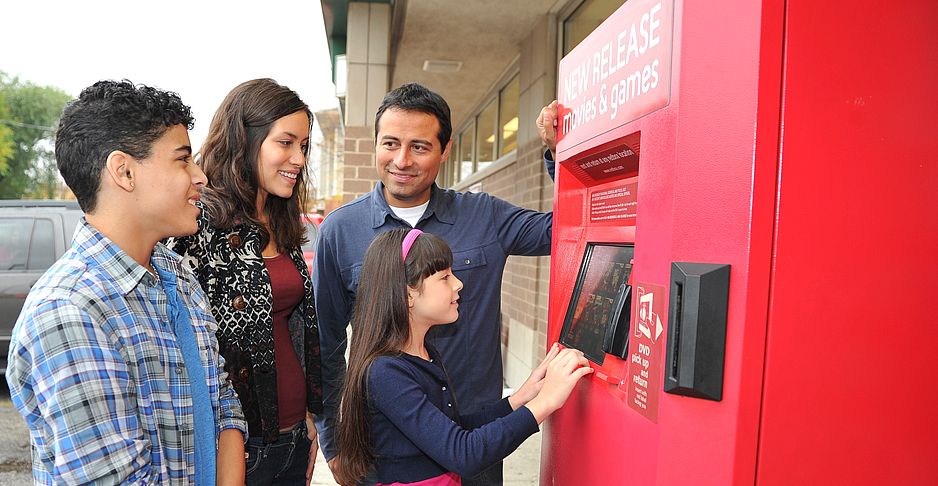Nintendo has a lot happening these days. It’s about to make its long-awaited foray into mobile with some help from DeNA; it’s working on a new NX platform that could be announced as soon as next year, with Android support; and it’s got a full slate of titles coming over the next few months for Wii U and Nintendo 3DS. That said, the company is still keeping the norm when it comes to business, as indicated by Nintendo of America’s executive vice president of sales, Scott Moffitt, who recently spoke with GamesIndustry International.
“I wouldn’t view it as a transitional year at all for us,” he said. “At least, I don’t think of it that way. We’re bringing a plethora of great games to the market this year. We have 14 games we’re launching between now and the end of the year, eight of them on Wii U and six of them on 3DS. They’re great, bold, imaginative, transformational games… Our company is always moving on many different dimensions, but E3 is probably not the place to talk about a theme park experience, it’s not a mobile game show. So a lot of those things are really better talked about and discussed at other times of the year. We focus on games, games, games. We make great games and we want to showcase those here and allow fans to play them.”
The company’s feedback from its E3 presentation was mixed, with anticipation of some games being incredibly high (like Yoshi’s Woolly World and StarFox Zero), and some games leaving a slightly bitter taste in gamers’ mouths (such as the redesigned Metroid Prime: Federation Force). “It’s always a balancing act. You want fans to be enthusiastic about what’s coming, but the focus is on what’s going to be here-and-now,” said Moffitt. “We have meetings with retailers where all they care about is, ‘What am I going to be selling in my store this coming holiday ‘ They don’t really care about a game that’s going to be three years down the road. Those buyers may be on different desks; they’ll be buying deodorant by then. That’s an important constituency here at the show, as well as game fans and media.”
As for the controversy surrounding Force, Moffitt said that Nintendo isn’t turning an ear away from its audience. “We love our fans. They’re the most passionate, vocal group of fans I’ve ever seen, and we listen carefully to their opinions,” Moffitt said. “We respect their opinions and their right to share those opinions with us. We try to make the best decisions we can with them in mind, but also with our content in mind, with our franchises in mind. A lot goes into the decision of which games to produce and which games not to produce. I don’t pretend to know how all those decisions are made, but we certainly appreciate our fans’ enthusiasm for the Metroid franchise. It’s a franchise I love as well, and I hope they will find other games in the 14 we’ve announced at this E3 that they can play in the meantime while we all wait for the game we’d like to come out in the Metroid franchise.”
Moffitt is also aware of the high demand for the company’s amiibo toys, since most of them sell out quickly, leaving some users high and dry when it comes to collecting their favorites. “We’re aware of the frustration game fans have had, and I’m empathetic with how difficult it’s been to find some of the amiibo,” Moffitt said. “We would love to be able to make enough for everyone that wants an amiibo to be able to buy it. And we are making them in greater and greater quantities. Every wave we release, we’re trying to do a better job estimating the demand and producing enough to satisfy it.”
He also assured that amiibo figures will be better provided, especially later in the year, when Animal Crossing: amiibo Festival makes its debut for the Wii U. “It’s really our third platform,” Moffitt said of amiibo. “Certainly, creating great games is what we’re best at. But it’s added an important new dimension to gameplay that our developers have really embraced. It’s still not our core franchise, not our core business, but it’s a nice third platform that allows us to innovate and bring new ideas to satisfy creativity in our developers, but also allow our game fans a new kind of gaming experience. But I wouldn’t say it’s our core platform.”
The amiibo figures are just a small part of an ever-expansive interactive toy/game market, one that will reach a peak this year with such entrants as Skylanders Superchargers, Lego Dimensions and Disney Infinity 3.0: Star Wars. “Certainly as new entrants come in, it tends to grow a business to a point, and then it gets over-crowded,” Moffitt said. “But what we’re seeing with amiibo is we’ve expanded the big demographics of the typical toys-to-life consumer to be older, and that’s a good thing for the whole toys-to-life category. The second thing we’re seeing is retailers are continuing to expand the space that’s dedicated to toys-to-life. That’s all good for the category, and I think it will continue to have a good holiday. The thing I would point out to your readers is that the Wii U is the platform of choice for toys-to-life gaming. It’s the only place you can play all of the platforms. That’s exciting and I think we want to continue to be the destination for toys-to-life gaming.”
Finally, Moffitt discussed the value of software, which remains a key point with Nintendo’s business. “Our developers work hard on games,” Moffitt said. “It’s expensive to develop games, and the value of software needs to be respected and kept high. It’s a concern with everything we do, all the way through to creating hardware bundles for the holidays. It’s a factor in all of those decisions. It’s very important for us to keep the value of software high.”







